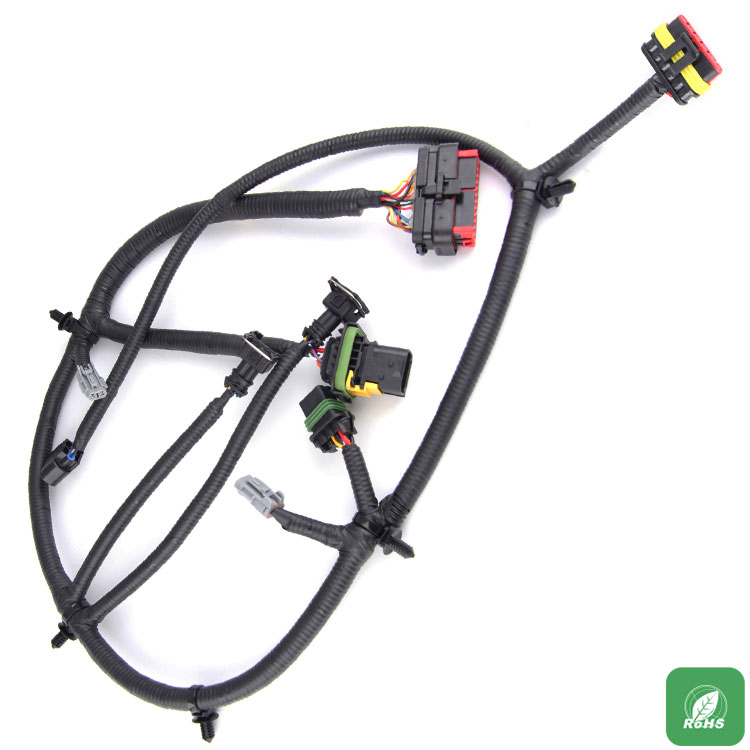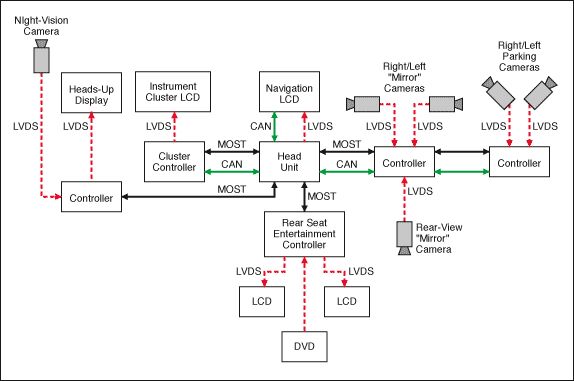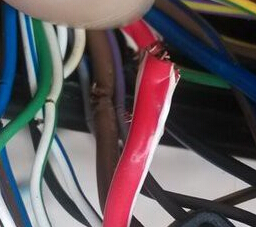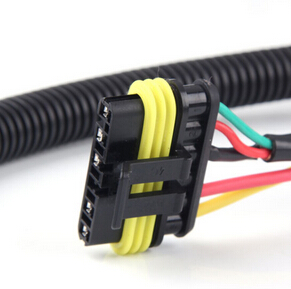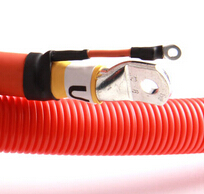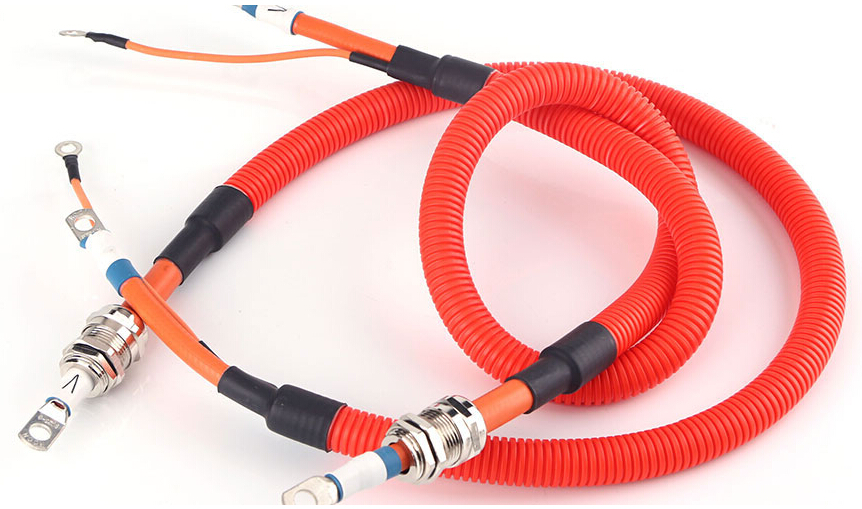1. The wiring harness of the frame should be far away from the heat source
It can be seen from Figure 2 that the design direction of the harness must be far away from the heat source. In arranging space-stressed heavy-duty trucks, thermal insulation panels can be designed or thermal protection jackets can be added to the wiring harness to avoid heat sources (see Figure 3). In addition to avoiding heat sources during design, the tying of the heat sources at the time of assembly should be reasonably compact.
2. Harness and tubing power cord

The wire harness can be bundled with the brake pipe at the same time. The wire harness with larger current (greater than 1A) should not be in direct contact with the tank or tubing, and should be avoided from being bundled with the tubing. When designing the harness, the second row or the first row of holes is bundled and the tubing is bundled by the bottom row of holes. The tubing vias and the harness through holes must be separated (see Figure 4).
3, wire harness fixed
The reserved function joints should be designed with sealed protection, and their branch wiring harnesses should be fixed on the trunk and must not be stacked or scattered (see Figure 5).
The fixing of the wire harness on the bracket shall prevent the wear of the edge of the bracket and the wear of the bracket when passing through the hole. The wire harness shall be tightly bundled in the bracket without interfering with the edge, and the anti-abrasion sheath shall be added at the hole, and the harness strap may not be bundled when being bundled. Too close to prevent the wire harness from extruding and deforming, affecting the performance of the wire harness (see Figure 6).
4, power line layout issues
The power cord must be fixed with a pipe clamp, and the power cord connector must have an insulating shield. In addition, the power cord must not come into contact with metal tubing, metal tubes for air conditioning and refrigeration, fuel pipes, and fuel tanks.
Harness overhang, if any other dependable objects (such as trachea, etc.) are fixed once every 200250 mm and dependencies, every 400 mm and frame are fixed once with bracket; if there is no attachment, use bracket every 300 mm to fix once (see figure) 7).
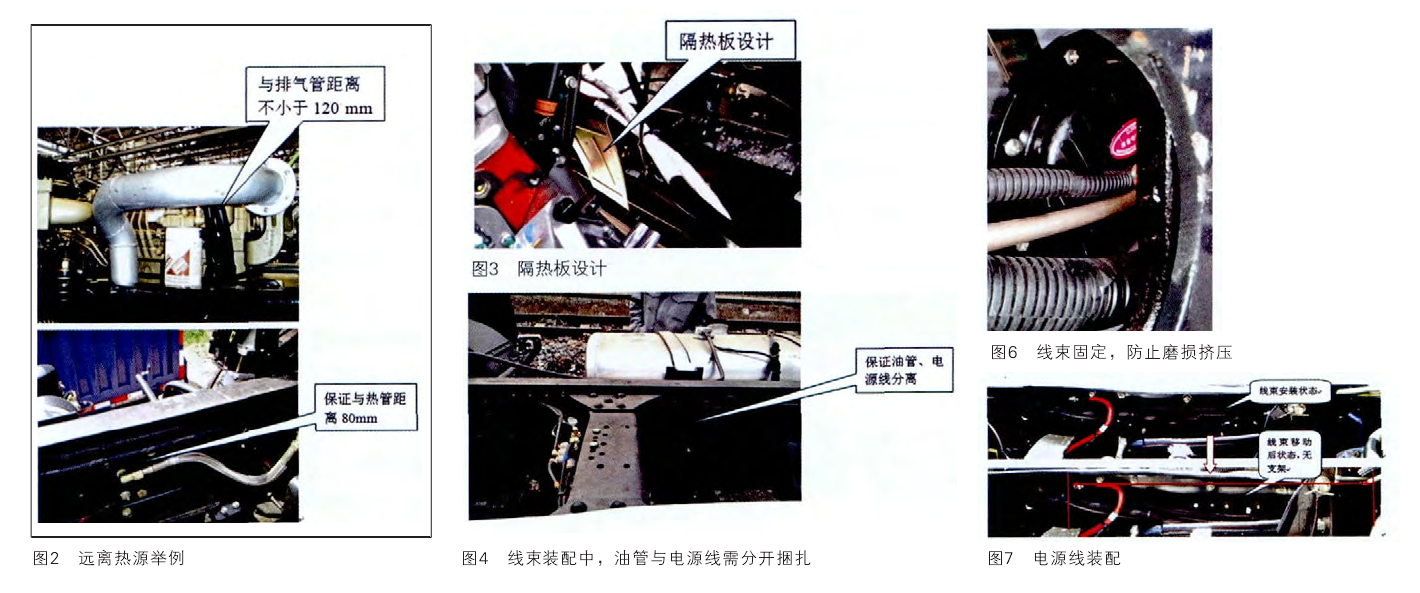
















 RCCN WeChat QrCode
RCCN WeChat QrCode Mobile WebSite
Mobile WebSite